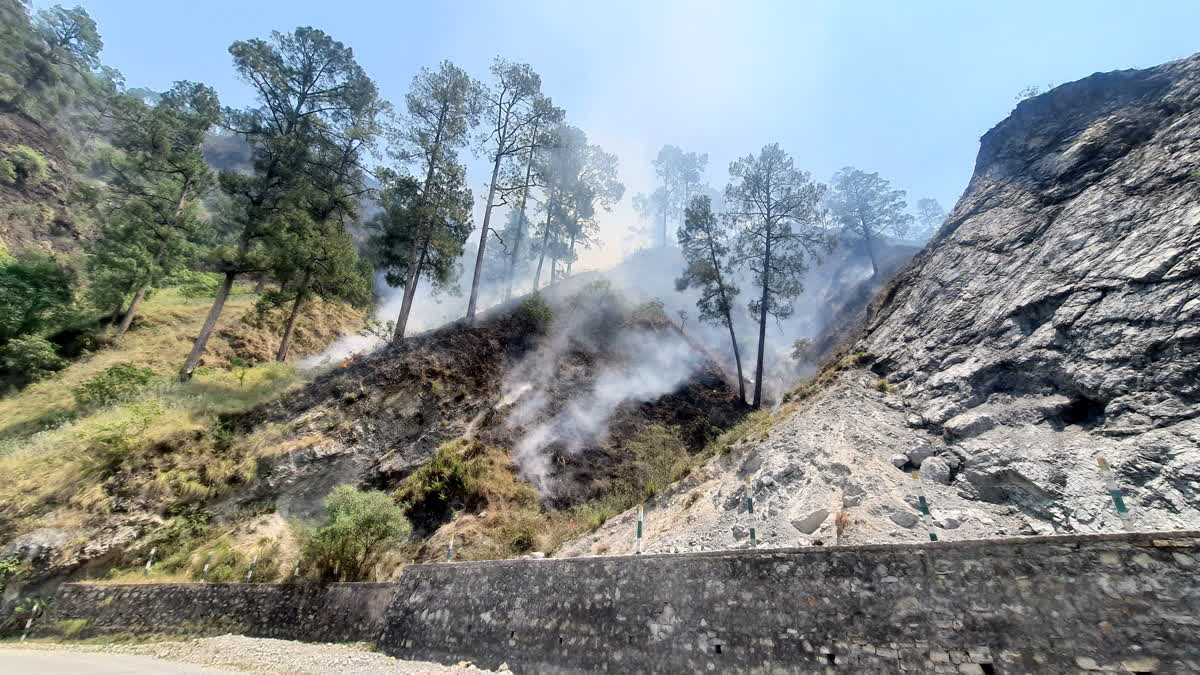New Delhi: Ozone pollution is stunting the growth of tropical forests, with the effect being stronger in Asia, where such forests are losing nearly 11 per cent of new growth, research has found. Air quality will continue to play an important, yet often overlooked, part in how forests absorb and store carbon, according to lead author Flossie Brown, a recent graduate of the University of Exeter.
While ozone in the upper layers of the Earth's atmosphere protects people from harmful ultraviolet radiations from the Sun, ozone closer to the ground level is harmful to plant and human health. The gas is formed when pollutants from human activities combine in the presence of sunlight. The researchers explained that urbanisation, industrialisation and burning fossil fuels and fires have increased 'precursor' gases -- such as nitrogen oxides -- that form ozone.
The team found that ozone at the ground level can stunt new growth in tropical forests by over five per cent, translating into an estimated 290 million tonnes of uncaptured carbon every year since 2000. The findings are published in the journal Nature Geoscience. Tropical forests are vital 'carbon sinks', which capture and store carbon dioxide, an important greenhouse gas driving climate change.
"Furthermore, this impact (due to ozone pollution) shows a great deal of geographic variation, from a decrease of 1.5 per cent in Central Africa to 10.9 per cent in Asian tropical forests," the authors wrote.
Lead author Alexander Cheesman, University of Exeter, said, "We estimate that ozone has prevented the capture of 290 million tonnes of carbon per year since 2000. The resulting cumulative loss equates to a 17 per cent reduction in carbon removal by tropical forests so far this century."
For their analysis, the researchers ran experiments to measure the effects of ozone on various tropical tree species. They then incorporated the results into a computer model of global vegetation. Under a warming climate, an increase in ozone levels across the tropics is expected due to an increase in 'precursor' emissions, according to Brown.
"We found that areas of current and future forest restoration -- areas critical for the mitigation of climate change -- are disproportionately affected by this elevated ozone," Brown said.



